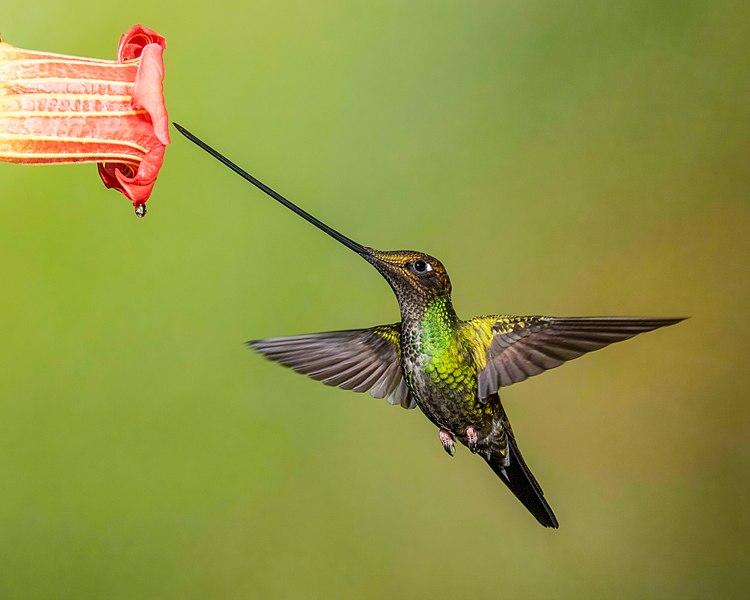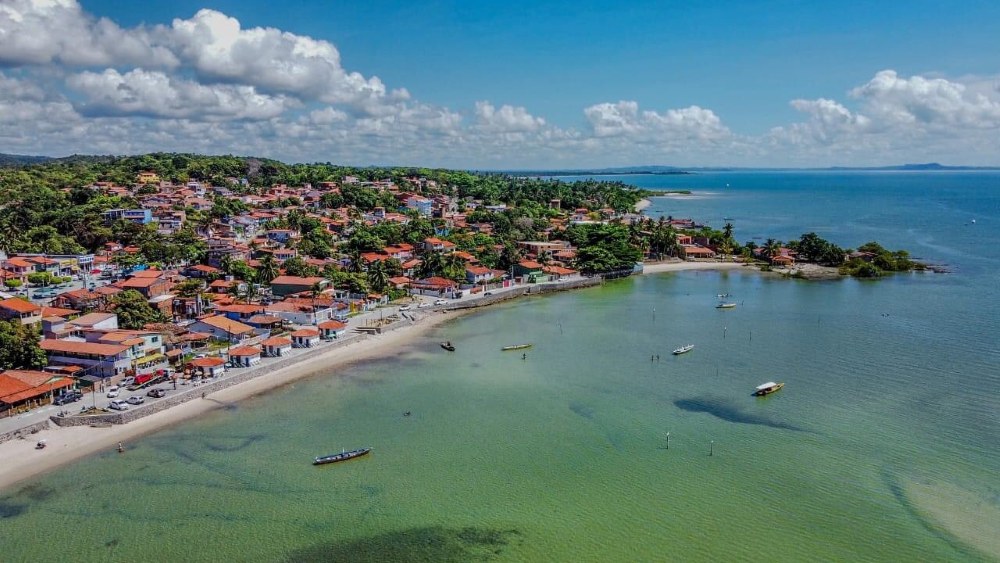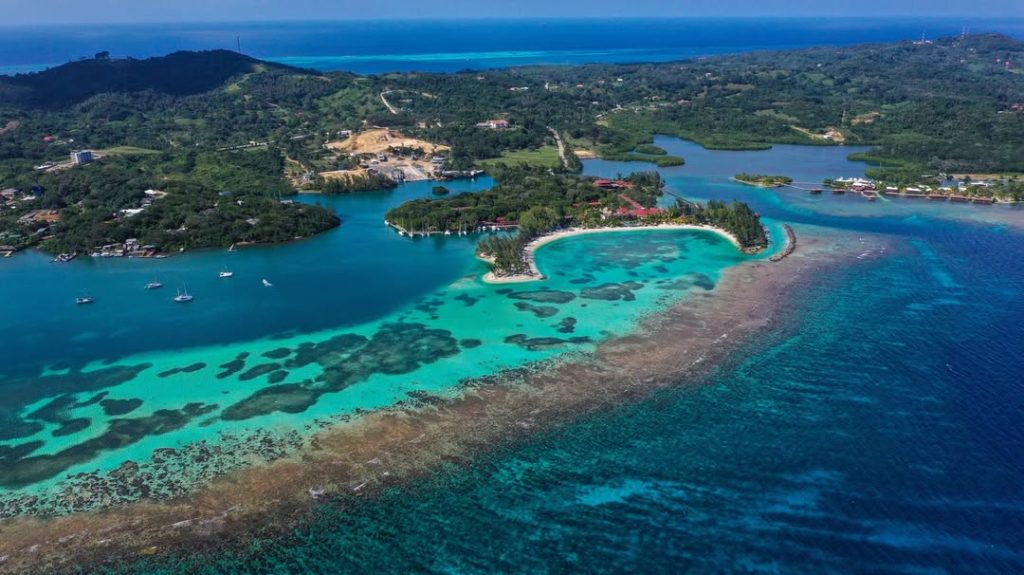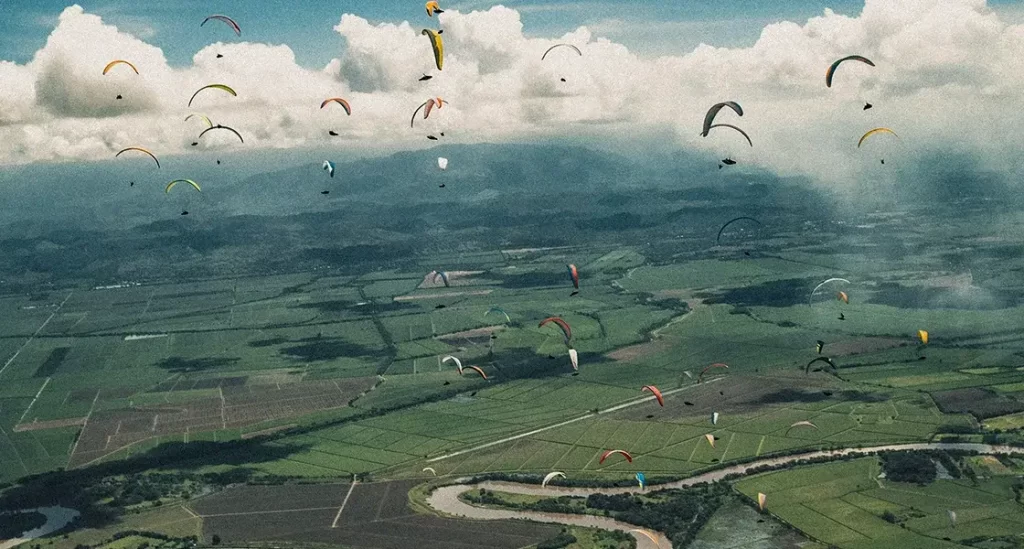Cet article a été publié initialement sur le site www.elcafelatino.org
À l’époque préhispanique, les colibris étaient considérés comme des messagers des dieux par les populations indigènes. Aujourd’hui, en raison de leur rôle dans les écosystèmes tropicaux, ils sont des sentinelles de la biodiversité. De nombreuses espèces de colibris sont menacées d’extinction dans les années à venir.
Les écosystèmes sont les seules barrières qui nous séparent du monde animal. Ces lieux de vie où des milliers d’espèces végétales et animales coexistent dans un équilibre délicat, où la chaîne alimentaire et une forte capacité d’adaptation et d’évolution rendent la vie possible depuis des millénaires. Sans ces barrières naturelles, tous les agents pathogènes qui affectent les espèces des forêts tropicales, par exemple, sautent, mutent et infectent l’homme. Le Covid 19 et d’autres familles de virus démontrent de plus en plus cette réalité.
La Colombie abrite 1/5 des espèces de colibris du monde (165 sur 343), une famille d’oiseaux qui n’existe que sur le continent américain. La géographie de la Colombie est idéale pour ces oiseaux ; la Colombie est le pays qui compte le plus grand nombre d’espèces au monde (1934). Dans la Sierra Nevada de Santa Marta, qui ne fait pas partie de la cordillère des Andes comme on pourrait le penser, mais qui est un écosystème étrange, unique au monde, qui mélange jungle, mer et montagne, on trouve le “Campylopterus phainopeplus”, mieux connu sous le nom de colibri à bec sabre. Il n’a été étudié qu’à deux reprises, en 1946 lors de sa découverte et en 2010 lorsqu’il a été miraculeusement revu, alors que son écosystème est totalement fragilisé par les activités humaines (exploitation minière, utilisation de pesticides, coupe des forêts, agriculture intensive) et que l’on pensait qu’il était éteint.
La Sierra Nevada abrite les Tairona, les Koguis, les Wiwas, les Arhuacos, des peuples indigènes qui ont résisté à l’oppression et au joug colonial en s’éloignant des villes fondées par les Espagnols. C’est dans cette Sierra que ce colibri a choisi de vivre. On ne l’a vu que là, loin de tout, principalement dans la réserve de l’El Dorado.
Tout comme ces communautés indigènes ont fui la civilisation de l’épée et de la foi, les oiseaux fuient également en masse les grands établissements humains qui prospèrent en exploitant et en réduisant les espaces naturels. L’extinction d’une espèce est le signe qu’un écosystème est sur le point de s’effondrer.
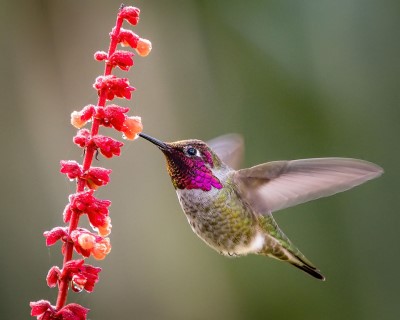
Lorsqu’en 2010, un ornithologue a découvert par son chant ce colibri que l’on croyait disparu, son étonnement lui a fait penser à un fantôme. Les oiseaux sont comptés et classés lors de l’événement ornithologique amateur le plus célèbre au monde, l’Ebird. La Colombie est toujours championne. En raison de difficultés sociétales telles que le trafic de drogue, les écosystèmes vitaux pour les colibris et d’autres espèces animales se réduisent d’année en année en Colombie. Le rôle principal des colibris est de polliniser certaines familles de fleurs, qui nourrissent à leur tour d’autres oiseaux et insectes.
Il doit être pénible pour les colibris, qui ont toujours tout eu dans leur habitat naturel, de ne pas trouver de nourriture, comment une créature qui dépense tant d’énergie dans son travail de pollinisateur peut souffrir de la pénurie. Pour les plus petits oiseaux du monde, qui battent des ailes 60 fois par seconde, la quantité de nectar à consommer par jour est importante. Leur courte durée de vie, de 1 à 5 ans, nous montre à quel point la nature est belle et fragile. Les colibris se nourrissent également d’insectes qu’ils attrapent en vol. Pendant la saison sèche, de février à mai, ils descendent à des altitudes comprises entre 1200 et 1800 mètres au-dessus du niveau de la mer pour se nourrir. De juin à septembre, ils vivent dans les landes entre 3200 et 4800 mètres d’altitude. Ces écosystèmes où il y a de la nourriture à ces périodes de l’année sont devenus hostiles, car d’autres espèces viennent y chercher les mêmes choses qu’eux. Les ressources sont limitées. Fatigués et affaiblis, ils meurent, ne se reproduisant pas assez vite pour perpétuer l’espèce.
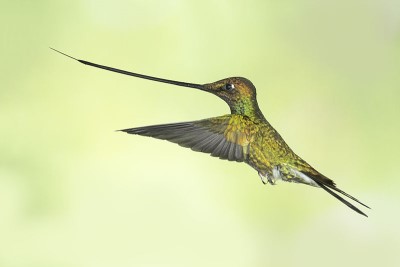
Les colibris aiment le nectar de la fleur du bananier, où ils sont observés, mais l’utilisation massive de produits chimiques pour augmenter la production les empoisonne.
Le colibri à bec sabre s’est fait une place dans l’imaginaire populaire, qui en a fait le roi des colibris en raison de sa rareté. Il faut des décennies pour qu’un écosystème se reconstitue. La disparition de cette espèce, si rare dans le monde, serait une tragédie environnementale. Tragédie car il s’agit d’une espèce recherchée par les ornithologues, qui suivent également les traces de la caille de l’Himalaya et du milan cubain, des oiseaux dont l’évolution a été atypique dans l’histoire de la biologie. Dans le cas du colibri à bec sabre, c’est la taille de son bec noir et recourbé qui le rend unique, son plumage vert émeraude profond avec une gorge bleu vif qui le rend irrésistible.
Le changement climatique s’opère à une telle vitesse que même dans les écosystèmes tropicaux, les chants de nombreux oiseaux disparaissent chaque année et, avec eux, leur rôle important que personne ne peut remplacer. C’est un avertissement de la nature, qui a vu tant d’espèces apparaître et disparaître au cours de millions d’années. Nous devons nous dire qu’une espèce qui disparaît nous rapproche de la disparition. Tout est lié dans la nature et nous jouons tous un rôle que nous sommes les seuls à pouvoir jouer.

